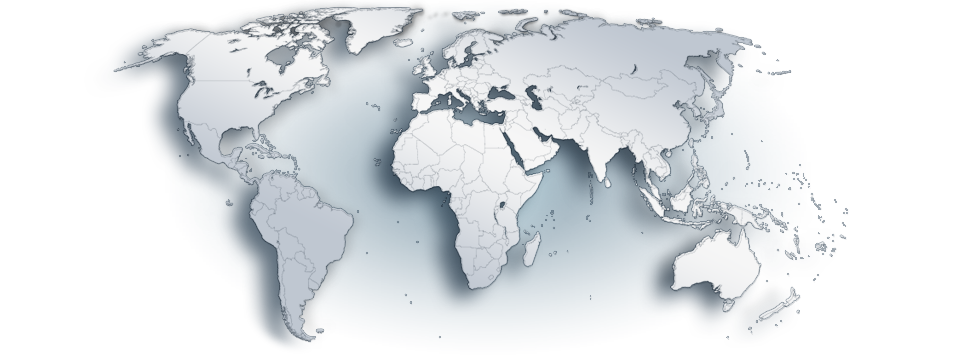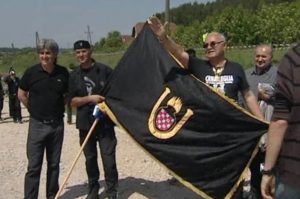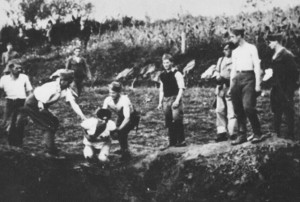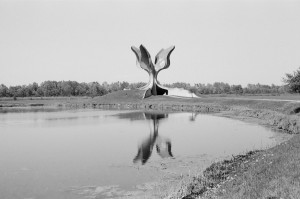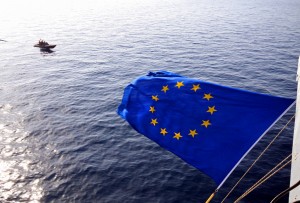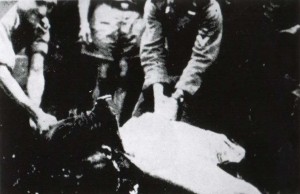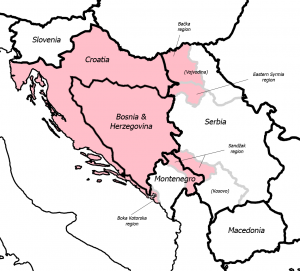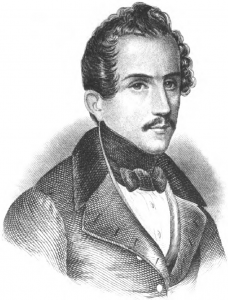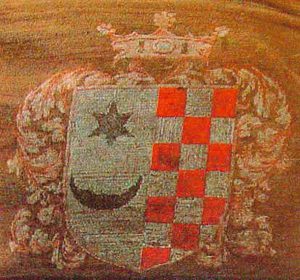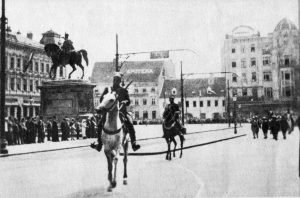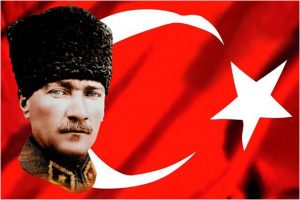The first clear political expression of an idea of pan-Slavic reciprocity, solidarity, and possible unification was done...
Croats
As a matter of fact, many ethnic Slavs have participated in the armies led by the Iranian-Sarmatian...
From the barbarity in Croatia during World War II there is a direct historical link to the...
‘Operation Storm’ in August 1995, when Croatia overran the Serb-inhabited territory of Krajina, was the biggest single...
The Vatican’s Complicity in Genocide in Fascist Croatia: The Suppressed Chapter of Holocaust History


The Vatican’s Complicity in Genocide in Fascist Croatia: The Suppressed Chapter of Holocaust History
The origins of fascism in the Balkans can be traced directly back to Mussolini and the imperialist...
Mass Killings of Serbs for Organs Only Boosted in Kosovo, But it Started Earlier in Croatia, Vukovar
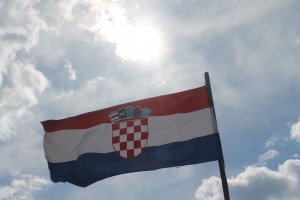

Mass Killings of Serbs for Organs Only Boosted in Kosovo, But it Started Earlier in Croatia, Vukovar
Contrary to the popular belief, the bloodiest trade in history (when organs were taken away from captured...
The Anti-Fascist League of Croatia filed a detailed criminal complaint in which it claimed that Sedlar had...
The Republic of Croatia has, since its independence, often reverted to the imagery of its Second World...
The NDH was internationally recognized by Germany, Italy, Slovakia, Hungary, Romania, Japan, Spain, National China, Finland, Denmark,...
The film ‘Dara of Jasenovac’, about a Serb girl in the World War II Jasenovac concentration camp...
No matter that well before Srebrenica you had Sisak, where 595 Serb civilians of which 120 were...
Political Language Explained: Difference between the declarations and the practice [...]
During the 1992-1995 civil war, the Chapel was neglected and vandalized. Bosnian Muslims used it as a...
The September 24, 1942 visit by NDH leader Ante Pavelic to Golubinskaya outside of Stalingrad was the...
Interview with Professor Sean Gervasi, Institute of International and Economic Problems, Belgrade, Yugoslavia. Recorded on February 24th,...
Recommended alternative reading list on the Yugoslav studies not used by mainstream corporative Western mass-media and top...
Over the past several years, analysts and commentators have noticed a rising tide of domestic support for...
The Croat ultranationalists (i.e., the followers of the Ustashi movement) called in the 1990s for the full...
While the numbers are not as high as Auschwitz or Treblinka, Jasenovac was notorious for its cruelty...
Manipulation is the key to understanding why Auschwitz was given so much coverage, and Jasenovac almost none...
The so called "Croatian scenario", is something that has been periodically brought up after the start of...
The book describes the activities of the Roman Catholic clergy in the Kingdom of Yugoslavia, including their...
De facto (linguistically), Serbian, Croatian, Bosnian and Montenegrin languages are part of one standard-linguistic system. They express...
Stories of resistance to Croatia’s fascist Ustasa can help counter revisionists’ attempts to rehabilitate the World War...
The destruction of the Serbian economy, by the Serbian Government, on the orders of Washington and Brussels,...
The radical and revisionist messages of far-right Croatian politicians and historians find a sympathetic audience among many...
Yugoslavia was a multinational country with different national and ethnic groups coexisting together and two dominant nations...
The Serb holocaust during the WWII in the Independent State of Croatia is not a misnomer, an...
Croatia’s president, the former deputy NATO secretary general for public diplomacy Kolinda Grabar-Kitarovic, decided to pay homage...
In the Yugoslav historiography (1918–1941; 1945–1991) Lj. Gaj’s decision to choose a Illyrian name and the štokavian...
The core of the puzzle became that constitutionally six federal republics and two autonomous provinces were seen...
Become familiar with the basic info about one of the most beautiful countries in the world -...
Lj. Gaj and his followers required that the Croatian national language has to be accepted as an...
This text investigates the question of relations between the Croatian national revival movement and the Serbs from...
Fake News Used to Justify All Out War: The Bosnian Serb “Death Camp” Fabrication. Pretext for R2P...
Edward S. Herman died on November 11, 2017, at the age of 92. Fortunately, it was a...
Herman discussed the disgraceful demonization of Vladimir Putin and Russophobia, the New York Times playing a leading...
Of the 22 Nazi concentration camps operating in the clerical fascist state of Croatia during World War...
Markul argued that real Tito
lost the middle finger and index finger of the left hand. He...
The end of WWI in November 1918 as a consequence of the military collapse of the Central...
